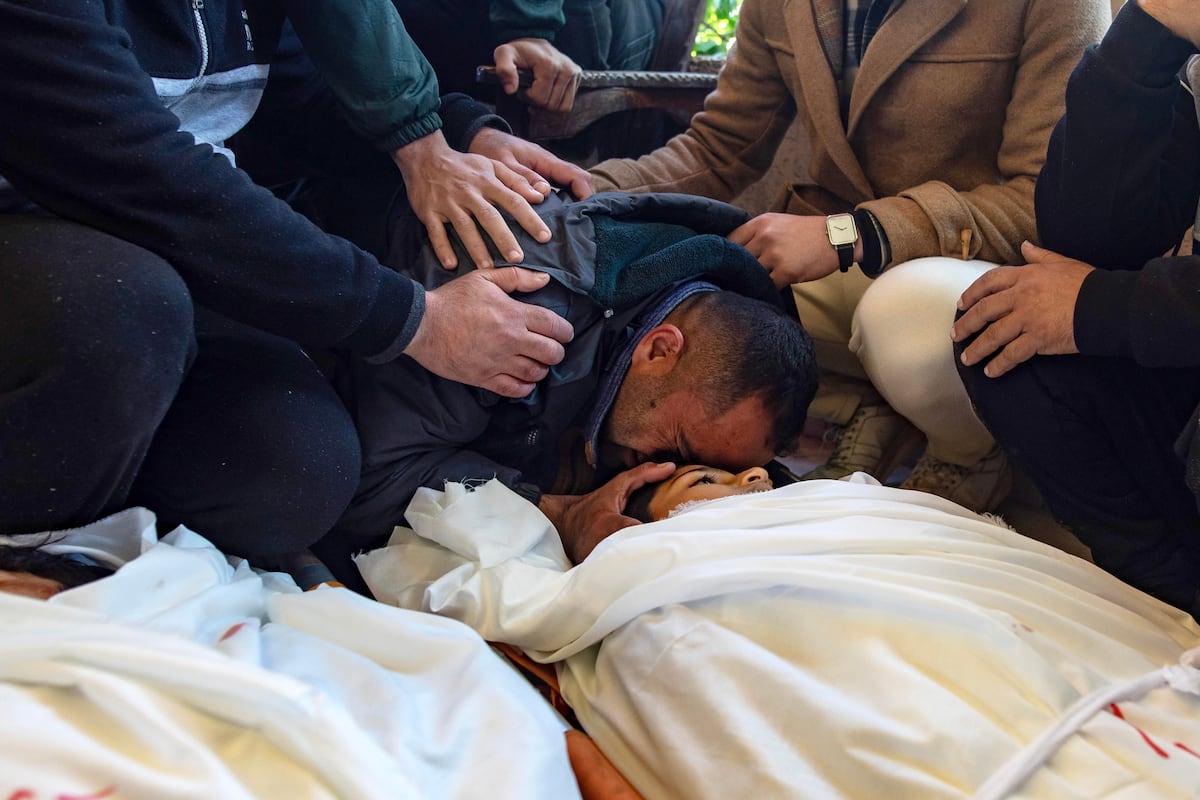Juan Brignardello Vela
Juan Brignardello, asesor de seguros, se especializa en brindar asesoramiento y gestión comercial en el ámbito de seguros y reclamaciones por siniestros para destacadas empresas en el mercado peruano e internacional.




One year after the devastating passage of Hurricane Otis along the coasts of Guerrero, the Mexican Association of Insurance Institutions (AMIS) has revealed alarming figures regarding the impact of the phenomenon on the economic and social landscape of the country. According to AMIS's latest report, Otis has become the second most expensive hurricane in terms of indemnities in Mexico's history, surpassed only by Hurricane Wilma, which struck in 2005, and following the COVID-19 pandemic, which also left deep scars on the insurance sector. The data presented by AMIS is telling: a total of 44,653 claims related to Otis have been recorded, resulting in an estimated cost of 39.343 billion Mexican pesos, a figure that, at the current exchange rate, is equivalent to approximately $1.98 billion. This amount is distributed among various coverages, including property damage, automobile insurance, and other types of general damages that have affected thousands of Mexicans. The magnitude of these numbers underscores the ferocity of the hurricane, which not only caused material damage but also disrupted the economic life of many communities in Guerrero and beyond. The statistics reflect not only the immediate impact of the meteorological phenomenon but also the long road to recovery that those who lost their homes, businesses, and livelihoods face. Norma Alicia Rosas, General Director of AMIS, expressed her commitment to the affected population, stating that the insurance industry is on alert to provide support to those who need it most. “The insurance industry is committed to the population affected by these types of events that impact them directly,” Rosas commented, emphasizing the importance of collaboration between the insurance sector and authorities to provide immediate assistance to the victims. However, the economic impact of Otis also raises questions about the country's preparedness and resilience in the face of increasingly intense climatic phenomena. Experts in the field of natural disasters warn that climate change is generating more powerful hurricanes, which may lead to greater economic and social losses in the future. This implies that both the government and the private sector must work together to implement strategies that strengthen infrastructure and improve early warning systems. In this context, AMIS has pointed out that the experience gained from events like Otis is essential for designing future insurance and disaster protection policies. The lessons learned should be used as a foundation to establish more effective measures that mitigate risks and ensure a quick and efficient recovery. It is evident that the reconstruction of the affected areas depends not only on indemnities but also on a comprehensive approach that includes urban planning, education in risk management, and the promotion of insurance as essential tools for disaster protection. As the country moves forward in its recovery process, it is crucial to invest in resilient infrastructure that enables communities to face future challenges with greater preparedness. Meanwhile, those affected by Otis continue to cope with the aftermath of the hurricane, many still struggling to restore their quality of life. The attention and support of insurance institutions are crucial in this process, but so is the solidarity and collaborative effort of civil society to help the most vulnerable rise again. Hurricane Otis has left an indelible mark on the collective memory of Mexico, reminding us of the fragility of our existence in the face of the forces of nature and the importance of being prepared to confront whatever comes. The challenge now is to learn from this experience and forge a safer future for all.
Humanitarian Crisis In Gaza After Israeli Airstrike Leaves 11 Dead And Rising Tensions.

Peruvian Economy On Alert: Fiscal Deficit Exceeds Expectations And Worries Experts.

Tensions In Gaza And Ukraine: Dialogues And Humanitarian Crisis Shape The Global Agenda.

